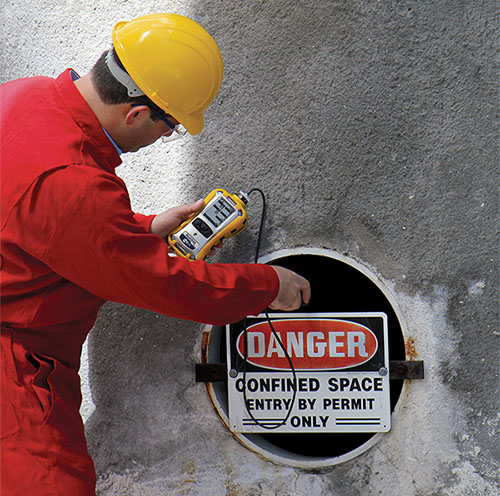Safety in Confined Space Entry: Using Gas Monitor Training
Safety is the priority when working in
tight areas where dangerous gases and restricted ventilation cause major
hazards. All employees engaged in such tasks must follow strict confined space
entrance safety procedures and get appropriate gas
monitor training.
Value of Gas Monitor Training
Training in gas monitors gives employees
the information and abilities needed to operate gas-detecting devices
efficiently. These tools are absolutely essential in spotting dangerous gases
such as carbon monoxide, hydrogen sulfide, and oxygen shortages that could
cause death. Comprehensive training teaches staff members how to run gas
monitors, properly interpret data, and react quickly to dangerous
circumstances. This instruction ensures regulatory compliance and improves
worker safety.
Confined Space Entry Safety
Entering cramped areas without appropriate
safety measures may be rather risky. A sequence of actions ensures that the
surroundings are safe Confined
Space Entry Safety. This entails doing a careful risk
analysis, getting the required licenses, and guaranteeing ongoing atmospheric
monitoring. Every member of a well-trained team knows their
responsibilities—those of the attendant, entrant, supervisor, and so on.
Furthermore, there should be personal protective equipment (PPE) and emergency
rescue protocols in place to properly handle any unanticipated events.
Investing in Gas Monitor Competence
Training ensures your team can accurately detect hazardous gases and maintain a
safe work environment. Proper training enhances safety, compliance, and
efficiency, reducing risks associated with confined spaces. Equip your
workforce with essential skills for effective gas monitoring and safeguard your
operations.





Comments
Post a Comment